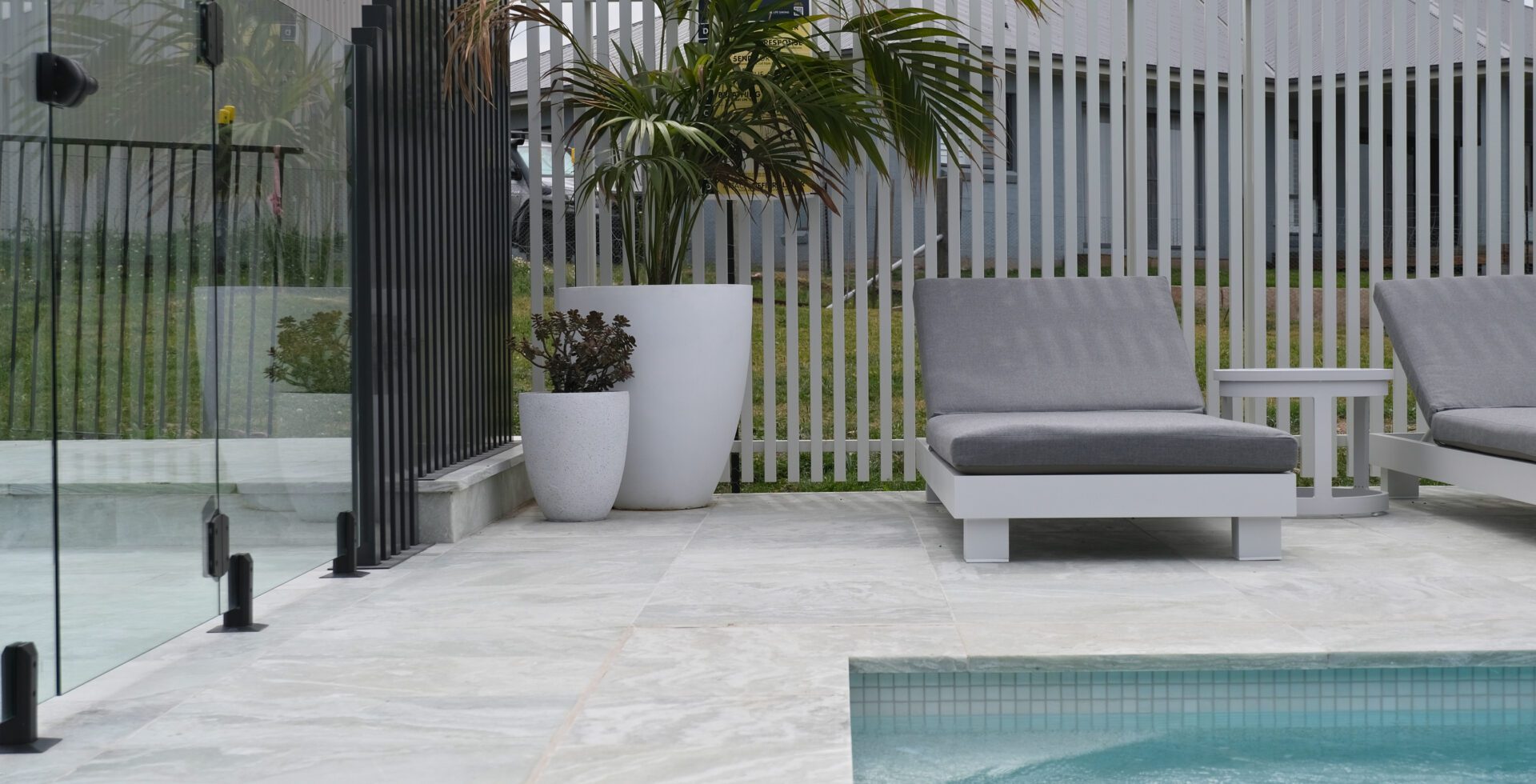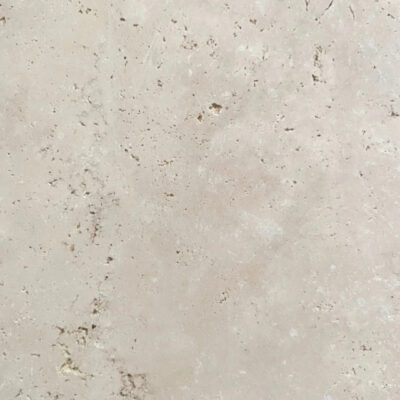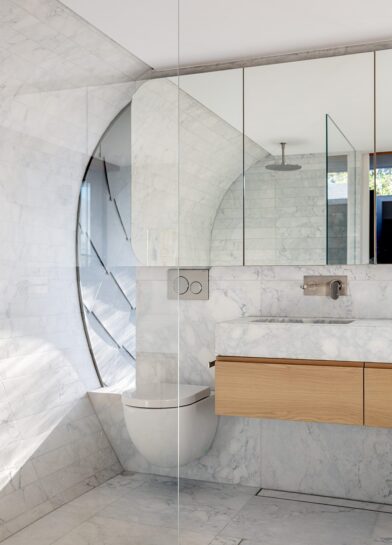Choosing between natural stone and synthetic materials such as ceramics or engineered stone is a key decision in any design project. While both have their benefits, natural stone remains the quintessential choice in almost all areas, from aesthetics and sustainability to functionality and durability. Lets explore these comparisons in more detail;

Natural stone is a product of the Earth – requiring minimal processing, unlike synthetic materials which rely on manufacturing processes that often involve harmful chemicals and higher carbon emissions. Extracting natural stone is a low-impact process with no need for sustainable production.
Additionally, it is fully recyclable, meaning it can be repurposed and reused, aligning perfectly with sustainable design practices. Synthetic materials, on the other hand, contribute more to waste and environmental harm due to their manufacturing and disposal processes.
Natural stone has proven to stand the test of time. Stones like granite, marble, and travertine are exceptionally durable and resistant to wear, making them ideal for both interior and exterior applications.
Ceramic and synthetic stones, while durable to an extent, are generally more prone to cracking, chipping, and fading over time, particularly in high-traffic areas. In outdoor settings, synthetic stones can deteriorate due to weather conditions, unlike natural stone which becomes even more visually appealing as it ages.
Natural stone surfaces, particularly those like marble and limestone, may be more porous than ceramics, but with proper sealing, they will become more resistant to stains and easy to maintain. Natural stone sealants allow you to protect the stone while maintaining its natural appearance and texture. Our Environex Synergy and Actichem sealant are excellent protective qualities in wet environments and for looking to highlight the stone’s natural beauty.
Ceramic and synthetic stones tend to be stain resistant without sealing, but their surface finish will wear down over time, leading to unsightly marks and harder maintenance, with much lower durability in the case of dropping a heavy object will crack ceramics. Properly cared-for natural stone offers longevity in its beauty and cleanliness.
There is a common misconception that beautiful natural stone is significantly more expensive than synthetic alternatives. In reality, the cost of high-quality natural stone can be very similar to that of engineered stones or ceramic tiles, especially when considering long-term value.
Synthetic materials may have a lower upfront cost but often require more frequent replacement due to their lower durability. When factoring in the lifespan, the initial investment in natural stone is comparable and often more cost effective over time.
One of the most prominent advantages of natural stone is its exceptional lifespan. Materials like granite and marble have been used for centuries in construction, with many ancient buildings still standing today as a testament to their durability.
Synthetic and ceramic stones have a shorter lifespan and often require replacement after roughly a decade of use, whereas natural stone continues to maintain its structural integrity and aesthetic appeal for generations.
Natural stone ages gracefully. Over time, stones like travertine and marble develop a unique patina that enhances their natural beauty, making them look even more luxurious as they age.
Synthetic stones do not possess this characteristic and often appear worn or dated after extended use, requiring replacement to maintain a fresh appearance. Aging natural stone becomes a feature in itself, adding character and history to any space.
The allure of natural stone lies in its unique, authentic patterns and colours, each slab is unique, a product of geological processes that have taken thousands of years. This adds a bespoke element to any design, something synthetic stones cannot replicate.
Synthetic materials, while able to mimic the look of stone, often lack the depth, texture, and organic variation that makes natural stone a luxury material. The difference between imitation and the real thing becomes evident in high-end design.
Natural stone has a natural ability to withstand extreme temperatures, making it the superior choice for both indoor and outdoor settings. Granite and slate, for instance, are often used in outdoor kitchens or near fireplaces due to their heat resistance.
Ceramic and synthetic stones, while heat-resistant to an extent, can crack or discolour when exposed to extreme heat or cold, making them less ideal for outdoor environments or near high-temperature installations.
When it comes to resale value and the impression of luxury, natural stone offers unmatched appeal. Buyers are more likely to be attracted to homes that feature real stone surfaces, as they perceive it as a premium, long-lasting material.
Synthetic stones, while affordable, do not carry the same weight of luxury and longevity in the eyes of prospective buyers, potentially lowering the overall value of a property.
Conclusion: Natural Stone's Unrivalled Excellence
In the battle between natural stone and synthetic alternatives, natural stone emerges as the undisputed champion in every category. Its sustainability, durability, timeless aesthetic, and long-term value make it the preferred choice for luxury designs. Whether you’re crafting a luxurious interior or creating an outdoor masterpiece, natural stone is the ultimate investment in both beauty and functionality.
At Lithic Australia, we pride ourselves on offering premium natural stone selections that elevate any design project. Reach out to us for expert advice and a curated selection of the finest stone materials that promise to bring elegance and longevity to your space.





